Queensland Projects
1. Red Fox Resources
The Company made a strategic investment of A$600,000 to become a 40% shareholder in Red Fox Resources Pty Limited in late 2020 (ASX Announcement 3 November 2020). Red Fox is a private Queensland focused advanced exploration Company that holds seven wholly owned granted tenements (EPMs) covering 900 square km in two highly mineralised districts: Mt Isa / Cloncurry and Georgetown. The tenements contain a pipeline of targets for discovery of Ernest Henry style IOCG Cu-Au; Tick Hill style high grade Au; and, large Century and Broken Hill style Zn-Pb-Ag deposits.
Why the decision by GCM to invest in Red Fox Resources? It has a highly accredited Board and experienced technical team, with a track record of discoveries. All its projects are either drill-ready or require a small amount of low-cost groundwork to advance to drilling. This means the potential to rapidly increase value without GCM spending years on early-stage exploration.
Red Fox has a constant news flow via its website and its announcements are also released to via the ASX by GCM.
Further information and progress reports on Red Fox and its activities can be found on its website: http://www.redfoxresources.net.au
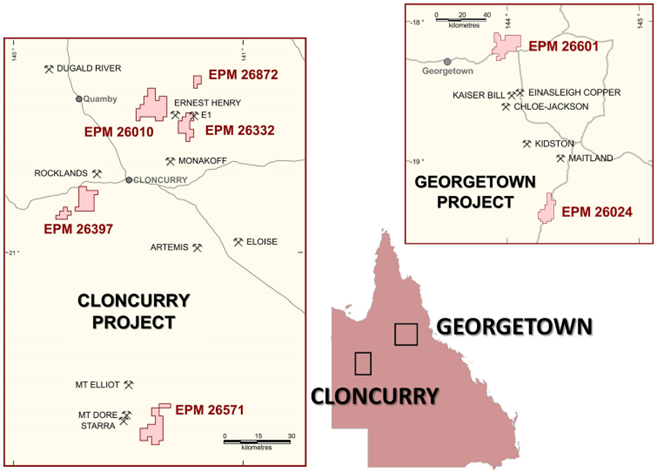
2. GCM Exploration Permits
The Company has itself recently commenced applying for Exploration Permits (EPMs) in Queensland in the search for REE Cu Ni and PGEs.
To date, four EPM Applications covering an area of approximately 3,270km2 have successfully been lodged (ASX Announcements 19 January 2022 and 18 May 2022).
2.1 APPLICATIONS OVER AREAS IDENTIFIED WITH RARE EARTHS POTENTIAL IN NW QLD
- Two Project areas are under application – both are in localities known for high value rare earths as reported by previous explorers from surface exploration.
- Known rare earths association with copper nickel cobalt lead zinc anomalism.
- Implied strike lengths of greater than 10 km.
- The source of the surface anomalies and REE mineralisation appears to be of a very young age, possibly representing a new REE mineral province.
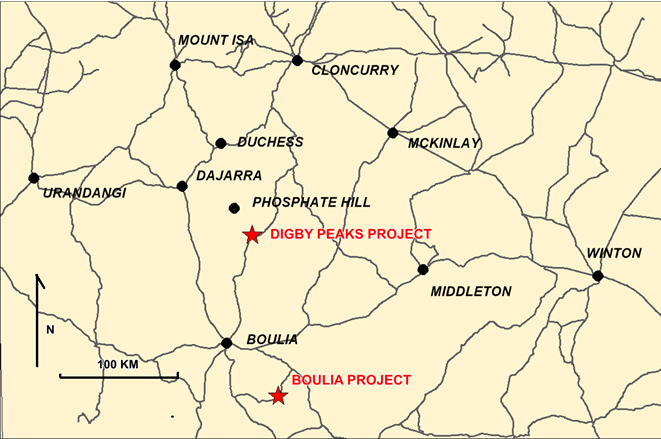
Fig.1 Location of GCM Rare Earths Projects
The Company has applied for three uncontested 100 sub block Exploration Permits (EPMAs) in grazing country in the Boulia – Duchess area of northwest Queensland. Native Title and Heritage agreements are required prior to grant, so timing is unknown. Two of the adjoining EPM applications comprise the Boulia Project and the other the Digby Peaks Project (Figure 1).
Boulia Project
The Boulia project area is comprised of two EPM applications – Canary (EPMA 28251) and Prickly Bush (EPMA 28253). Previous exploration by Jacaranda Minerals Ltd (EPMs 15234, 15235, and 15236, and in CRs 67692, 67931, and 67700) was mainly for uranium. Later, Hartz Rare Earths Pty Ltd (EPMs 25158, 25159, 25160 and 25295 and in CRs 090037,090038, 090039, and 090040) conducted wide spaced stream sediment sampling that identified catchments strongly anomalous in rare earths and less so for copper nickel cobalt lead and zinc (see appendix 2 and 3 for results).
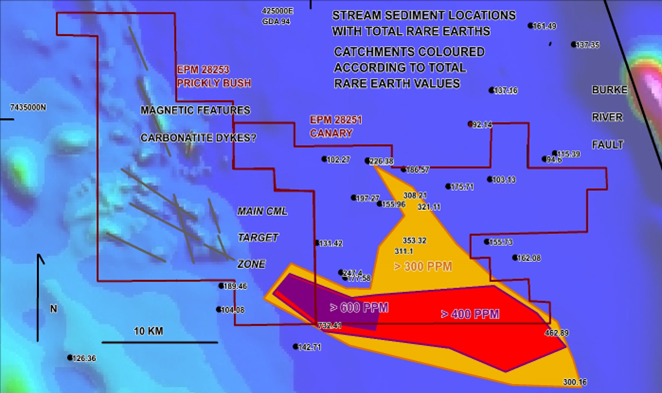
Fig.2 Boulia Project Summary of Previous Work and GCM Concept
The anomalous catchments when contoured according to metal contents, reveal a distribution along northwest striking shear structures in the Cretaceous age sediments of the Toolebuc and Allaru formations.
The maximum anomalism (732 ppm Total Rare Earths, including 190 ppm Neodymium) is from a large catchment within the CML applications. This anomalism has not been closed off to the northwest, where there are magnetic structures of the same orientation, which are possibly carbonatite dykes and the source of the surface concentrations of rare earth mineralisation.
As the host sediments are Cretaceous in age, the shear zones, alteration, and mineralisation are very young, most likely Tertiary, and appears to be controlled by dilation faults splaying from the Burke River fault zone. If correct this represents a new age and style of rare earths deposition in Australia.
Digby Peaks Project
The Digby Peaks project is comprised of a single 100 sub block EPM application (EPMA 28256).
GCM selected the project area on the basis of the known but poorly defined rare earths in the general locality outside the application, but more particularly because of the similar geochemistry and geology to the new Boulia Project area further south along the Burke River fault zone as described above.
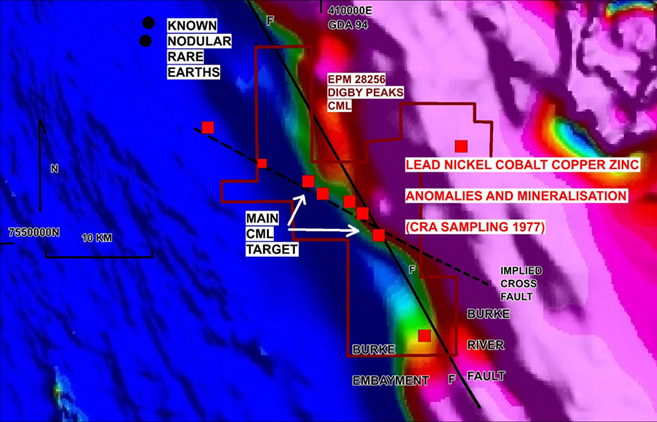
Fig.3 Digby Peaks Previous results and the CML target area
Previous exploration over EPM application 28434 included Ridge Exploration Pty Ltd under EPM 19164 that identified and evaluated the gently dipping layered Glencoe ultramafic intrusive with several lines of soil sampling. A weak, but coherent zone of copper nickel gold platinum and palladium anomalism was identified (Figure 2) but was not closed off. The low level of the anomalism led Ridge to surrender the EPM in 2015.
Since that time, airborne VTEM surveys flown over the mostly alluvium covered Calrossie, Quaggy, and Jack Shay ultramafic intrusives were successful in revealing large depth persistent conductors adjacent to the peak soil values of these diagnostic metals.
The geological geochemical and geophysical signatures are typical of major magmatic nickel sulphide deposits.
GCM plans to further delineate the Glencoe metal anomalous zone and to fly airborne EM with the aim of locating conductive nickel sulphides down to depths of about 500m. The western extent of the Kildare mineral field has never been closed off with sampling and will also be investigated.
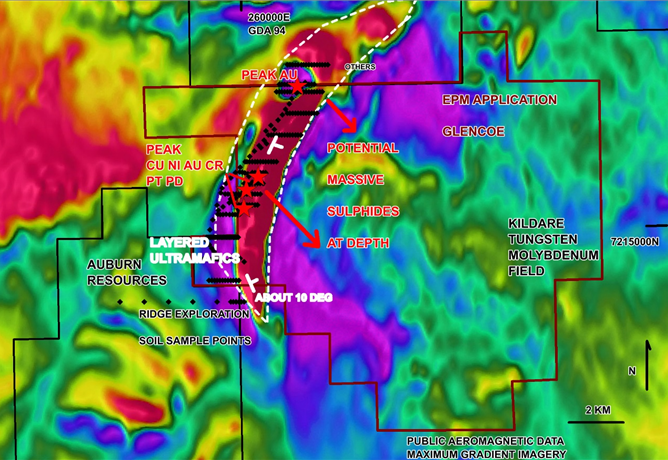
Fig. 2 Details of the Glencoe EPM application 28434 on magnetic imagery
The Digby Peaks mineral occurrence (see Figure 3) was sparsely sampled by CRA in 1977 under EPM 1605 and reported in CR6056. According to the Qld Government geochemical database, CRA located drainages and rocks anomalous in nickel copper cobalt lead and zinc. Rock samples from sheared brecciated carbonate sediments assayed up to 0.48% nickel. This unusual geochemical signature is similar to the Boulia Project’s.
Digby Peaks lies along the western margin of the Tertiary age Burke River fault, as does the Boulia Project.
The GCM concept is that the Digby Peaks base metal occurrence, like the Boulia Project, is also a focus for shear hosted rare earths mineralisation.
GCM Proposed Exploration Programme
Subject to the applications being granted, the proposed work programme will initially comprise of stream sediment, soil and rock sampling designed to define the rare earth – base metal structures prior to trenching and drilling.
2.2 EXPLORATION FOR MAGMATIC NICKEL SULPHIDE IN QLD EXPANDED
An EPM Application has been lodged over the large Glencoe layered ultramafic intrusion.

Fig.1 Glencoe EPM application 28434 project EPMs
